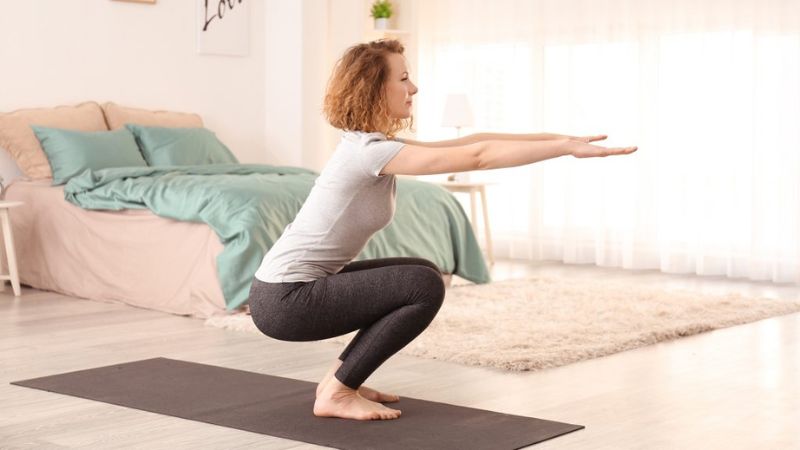In today’s sedentary lifestyle, maintaining lower-body mobility is crucial for overall health and well-being. Whether you’re an athlete aiming for peak performance or someone seeking to enhance daily mobility, incorporating specific exercises can make a significant difference. This article explores ten effective exercises designed to improve lower-body mobility, targeting key areas such as hips, quads, hamstrings, and ankles.
1. Deep Squat Stretch
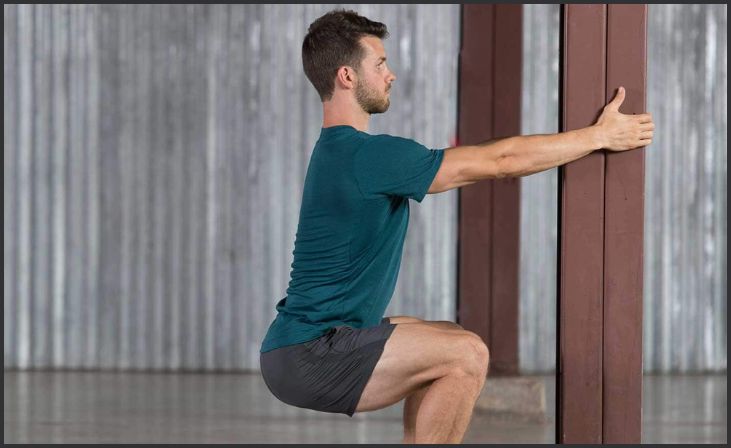
The deep squat stretch is an excellent exercise for opening up the hips, quads, and ankles. To perform this stretch, squat down low with your heels flat on the ground and your knees tracking outwards. Lean forward while keeping your back straight, experiencing a gentle pull in your calves and ankles. This stretch not only enhances flexibility but also strengthens the lower body. It’s particularly useful for improving the depth of your squats and ensuring proper alignment and balance. Regular practice can lead to better posture and reduced risk of injuries related to tight hips and ankles.
2. Hip Flexor Stretch

Sitting for extended periods can lead to tight hip flexors, affecting mobility. To alleviate this, kneel on one leg with the other lunged forward. Maintain an upright torso and feel the stretch in the front of your hip on the kneeling leg. This stretch helps to counteract the negative effects of prolonged sitting, such as lower back pain and restricted movement. By elongating the hip flexors, you can enhance your range of motion and support better performance in activities that require hip extension, like running and cycling. Incorporating this stretch into your routine can lead to improved posture and reduced discomfort in the hips and lower back.
3. Forward Fold with Reach
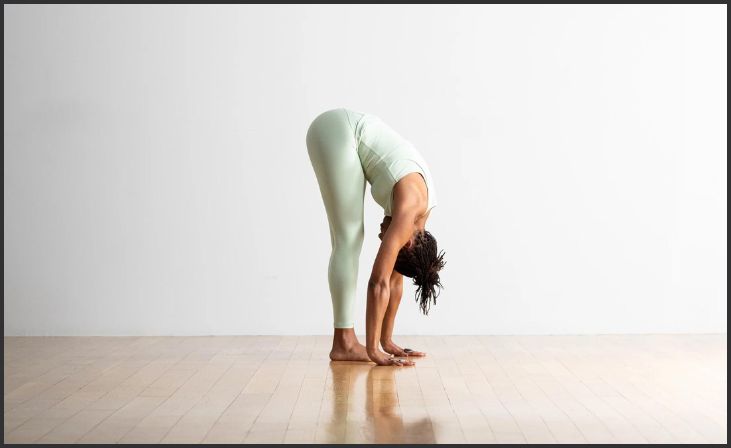
This stretch targets the hamstrings, glutes, and lower back, essential for maintaining flexibility. Stand tall, hinge at your hips, and fold forward with a flat back, reaching for your toes or shins. The forward fold with reach is a foundational stretch that helps to lengthen the entire posterior chain. It’s particularly beneficial for alleviating tension in the lower back and hamstrings, which can become tight from prolonged sitting or intense physical activity. Regularly performing this stretch can enhance your flexibility, making everyday movements like bending and lifting more comfortable and reducing the risk of strains and sprains.
4. Lunge with Twist
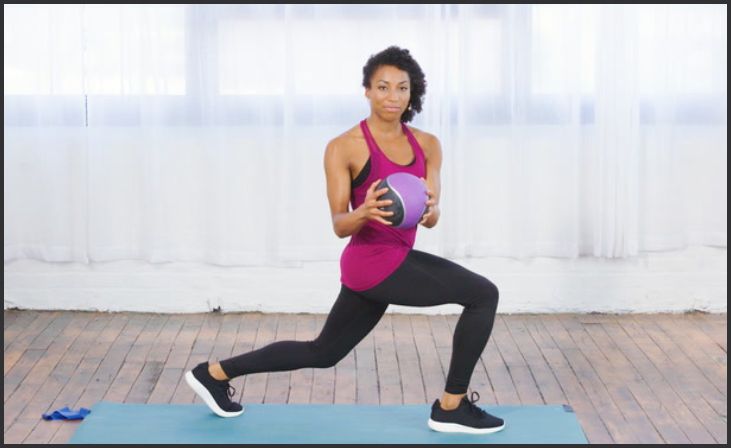
Combining a lunge with a twist enhances hip mobility and core stability. Step forward into a lunge position with one leg, then twist your torso towards the front leg while reaching your arm overhead. This dynamic movement not only stretches the hip flexors and quads but also engages the core and improves spinal mobility. The lunge with twist is effective for preparing the body for rotational movements and activities that require balance and coordination. Incorporating this exercise into your routine can lead to greater functional strength and reduced risk of injuries related to poor mobility and stability.
5. Seated Hamstring Stretch

The seated hamstring stretch is a classic exercise for lengthening the hamstrings. Sit on the floor with both legs extended, and reach for your toes (or a strap if needed) with a flat back, feeling the stretch in the back of your thighs. This stretch is essential for maintaining flexibility in the hamstrings, which can help prevent lower back pain and improve overall leg mobility. Regular practice can lead to better performance in activities that require leg flexibility, such as running, cycling, and dancing. It’s also a great way to relax and reduce muscle tension after a long day or an intense workout.
6. Calf Raises
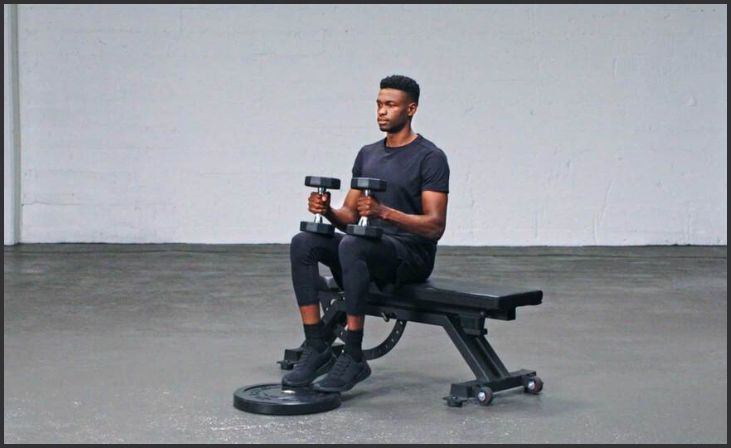
Improving ankle mobility and calf strength is crucial for overall lower-body function. Perform calf raises by raising up onto your toes, holding for a second, and then lowering back down. This simple yet effective exercise helps to strengthen the calves and improve the flexibility of the ankle joint. Strong, flexible calves can enhance your performance in activities like running, jumping, and walking, while also reducing the risk of injuries such as Achilles tendonitis and plantar fasciitis. Regularly incorporating calf raises into your routine can lead to better balance and stability, especially in activities that require quick, powerful movements.
7. Side Lunges
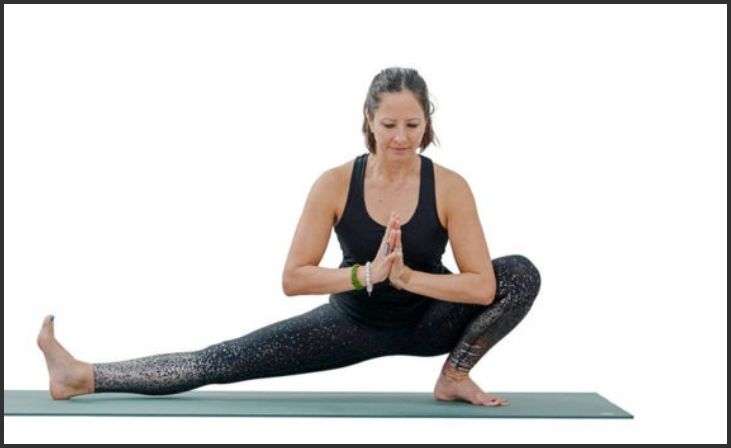
Targeting the inner and outer thighs, side lunges are effective for enhancing hip mobility. Step out to the side, keeping your front heel flat and your back heel lifted. This movement stretches the adductors and abductors, improving the range of motion in the hips. Side lunges also strengthen the glutes and quadriceps, contributing to better overall lower-body strength and stability. Including side lunges in your workout routine can enhance your performance in sports that require lateral movements, such as basketball and tennis, and help prevent injuries related to weak or tight hip muscles.
8. High Knees
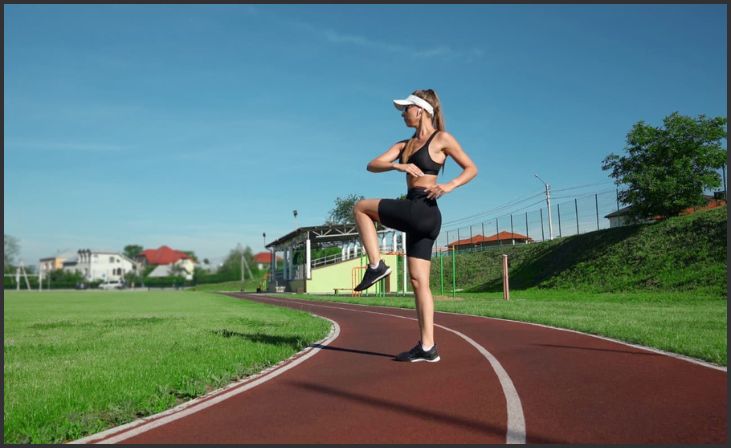
High knees are a dynamic warm-up exercise that boosts blood flow and increases mobility in the hips and knees. Run in place while bringing your knees up high towards your chest. This exercise not only warms up the muscles but also improves cardiovascular fitness and coordination. High knees are excellent for preparing the body for more intense physical activities by increasing heart rate and promoting muscle activation. Regularly performing high knees can enhance your agility and endurance, making them a great addition to any warm-up routine.
9. Butt Kicks

Similar to high knees, butt kicks are a dynamic warm-up exercise that targets the hamstrings and glutes. Run in place while kicking your heels up towards your glutes. This exercise helps to stretch and activate the muscles in the back of your legs, improving flexibility and strength. Butt kicks are particularly useful for preparing the body for activities that involve running and jumping, as they promote proper muscle activation and coordination. Including butt kicks in your warm-up routine can enhance your overall performance and reduce the risk of muscle strains and injuries.
10. Ankle Circles
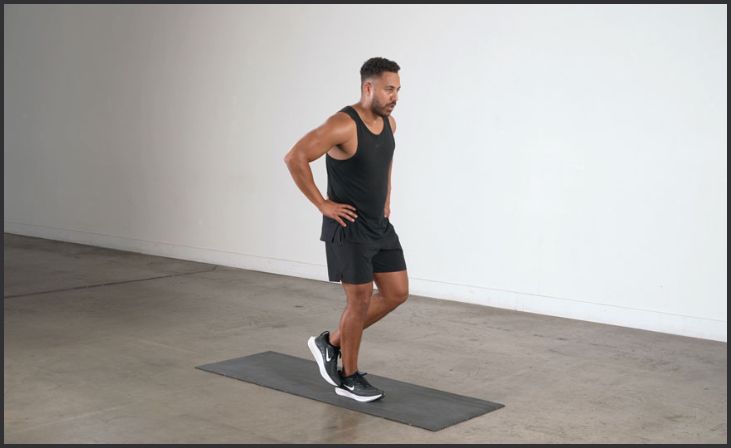
Ankle mobility is often overlooked but essential for overall lower-body mobility. Warm up your ankles and improve their range of motion by slowly rotating them in circles, both clockwise and counter-clockwise. This simple exercise helps to lubricate the ankle joint and improve flexibility, which is crucial for activities that involve running, jumping, and quick changes in direction. Good ankle mobility can also prevent injuries such as sprains and strains. Regularly performing ankle circles can lead to better balance and stability, enhancing your performance in a wide range of physical activities.
Conclusion
Incorporating these ten effective exercises into your routine can significantly improve lower-body mobility, enhancing your overall health and well-being. Whether you’re looking to boost athletic performance or simply move more comfortably in your daily life, these exercises target key areas such as hips, quads, hamstrings, and ankles. Regular practice can lead to better flexibility, strength, and coordination, reducing the risk of injuries and improving your quality of life. Make these exercises a part of your fitness regimen and experience the benefits of enhanced lower-body mobility.

